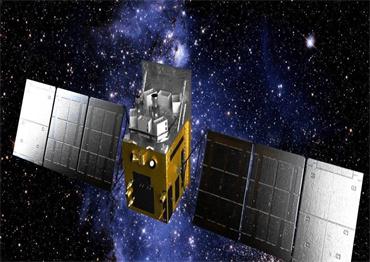New research published by Chinese scientists working on the Dark Matter Particle Explorer (DAMPE) satellite, nicknamed Wukong, indicates that high-energy particles in the universe may transmit more slowly than expected. Wukong, launched into Earth orbit in 2015, is named for the Monkey King (Wukong) in Chinese literary classic Journey to the West.
Cosmic rays are energetic particles traveling through the universe at near light speeds, and contain particles of carbon, oxygen and boron, an indication of their origins, which are classified into primary particles, released by nucleosynthesis in stars (carbon and oxygen) or secondary particles caused by interstellar collisions (boron). After analysis of 3.5 million particles recorded by Wukong from 2016 to 2021, the team working at the Purple Mountain Observatory, Chinese Academy of Sciences in Nanjing, Jiangsu Province, drew a map based on data from cosmic ray boron-to-carbon and boron-to-oxygen flux ratios.
Yue Chuan, one of the scientists on the Wukong team, attributed the different energy spectral structure to slower than theorized transmission of high-energy particles, saying the slower the primary particles transmit, the more chances they will clash with interstellar materials and then produce more secondary particles.

 Old Version
Old Version